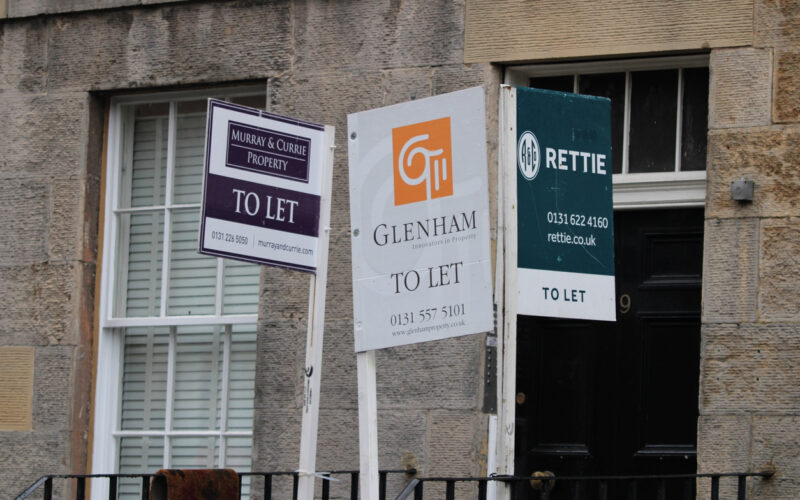New figures suggest London’s rental market may be at a turning point, with fewer prospective tenants viewing properties and overall rents edging downwards. Such trends, if sustained, could alter the calculations of landlords, developers, and investors in the capital—particularly those counting on historically high rental yields to justify their investments.
Online lettings service Hello Neighbour reports that the number of viewing requests per property in November dropped to its lowest level since before 2023. At 38 viewing requests per listing, this figure is 10% lower than a year earlier.
This decrease comes on the heels of landlords having long benefited from robust demand and rapidly rising rents in recent years. For many, the stable flow of potential tenants was a key driver in maintaining rental income and property value.
Now, a notable dip in viewings suggests would-be renters may be more discerning, or simply weighed down by ongoing economic uncertainty and the rising cost of living.
Rental prices adjusting to demand
The broader rental picture also shows signs of recalibration. According to Hello Neighbour, London rents in October dipped by 0.8% from the previous month, standing at £2,126, and were down by 5.1% compared to the previous three months. Year-on-year, rents eased by 1% compared to October 2023.
These figures indicate that landlords who have long relied on consistently climbing rents might need to re-evaluate their pricing strategies.
With tenancies turning over and greater price sensitivity among tenants, it may become increasingly important to strike the right balance between profitability and maintaining occupancy.
While the data only represents a snapshot, it raises questions over whether more significant shifts could be on the horizon in London’s rental market.
Despite the overall slowdown, the difference between inner and outer London remains close. The agency reports 81 viewing requests in outer London compared to 73 in inner London over the recent period.
This subtle gap could signal a continued appetite for properties offering more space and value for money on the city’s fringes—a trend that has persisted since the pandemic. For property investors and landlords, it may highlight an ongoing need to consider location carefully, rather than relying on the traditional prestige of inner-city postcodes.
Hello Neighbour notes: “The gap in demand for outer London properties versus inner London remains close, with 81 viewing requests in outer London compared to 73 in inner London.”
If this pattern endures, areas previously overshadowed by central districts may become more attractive to investors aiming to tap into stable tenant interest.
The ‘hotspots’ that stand out in these findings
Beyond the broad averages, certain boroughs stand out. “Redbridge had the highest number of viewing requests over the past three months, with 331 requests per property on average, followed by Havering with 285,” the report states. This data points to micro-markets within the capital where demand remains robust—even if overall figures are softening.
For landlords holding property in such hotspots, the data is encouraging. Strong viewing numbers could translate into steady occupancy rates and healthier yields, despite the larger market’s subtle decline.
Nonetheless, investors and developers should keep a close eye on how these local hotspots evolve; what’s currently a pocket of resilience could shift if economic conditions—or tenants’ preferences—change course.
Landlords under pressure to rethink strategies
“We are still seeing rental prices stay near the average, with 12% of landlords pricing 10% above the market rate,“ says the agency. Such an approach may become riskier if demand continues to soften.
Landlords who push rents too far above market averages could find themselves with empty properties. In a climate of cautious tenants, fair pricing and responsive property management may become crucial to retaining good occupants and preserving long-term value.
While this recent data may not herald a dramatic downturn—especially given that London remains a world-class city with enduring appeal—it’s a reminder that markets evolve. The interplay between supply, demand, and affordability is never static.
For those operating in the London property sector, the current slowdown in viewings serves as both a warning and an opportunity: adjust strategies, monitor local market conditions, and remain open to more competitive pricing to ensure long-term stability and value in their property portfolios.




